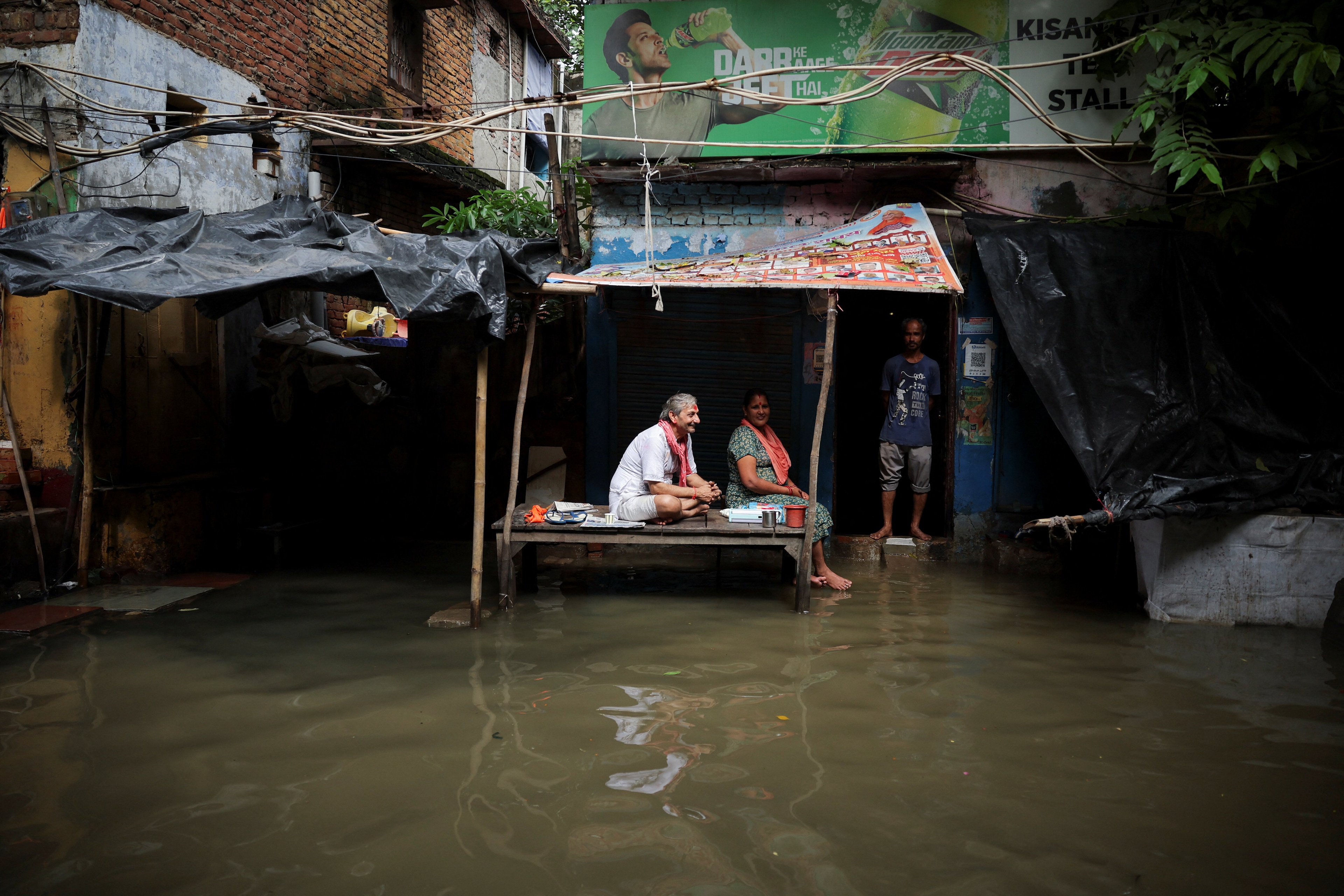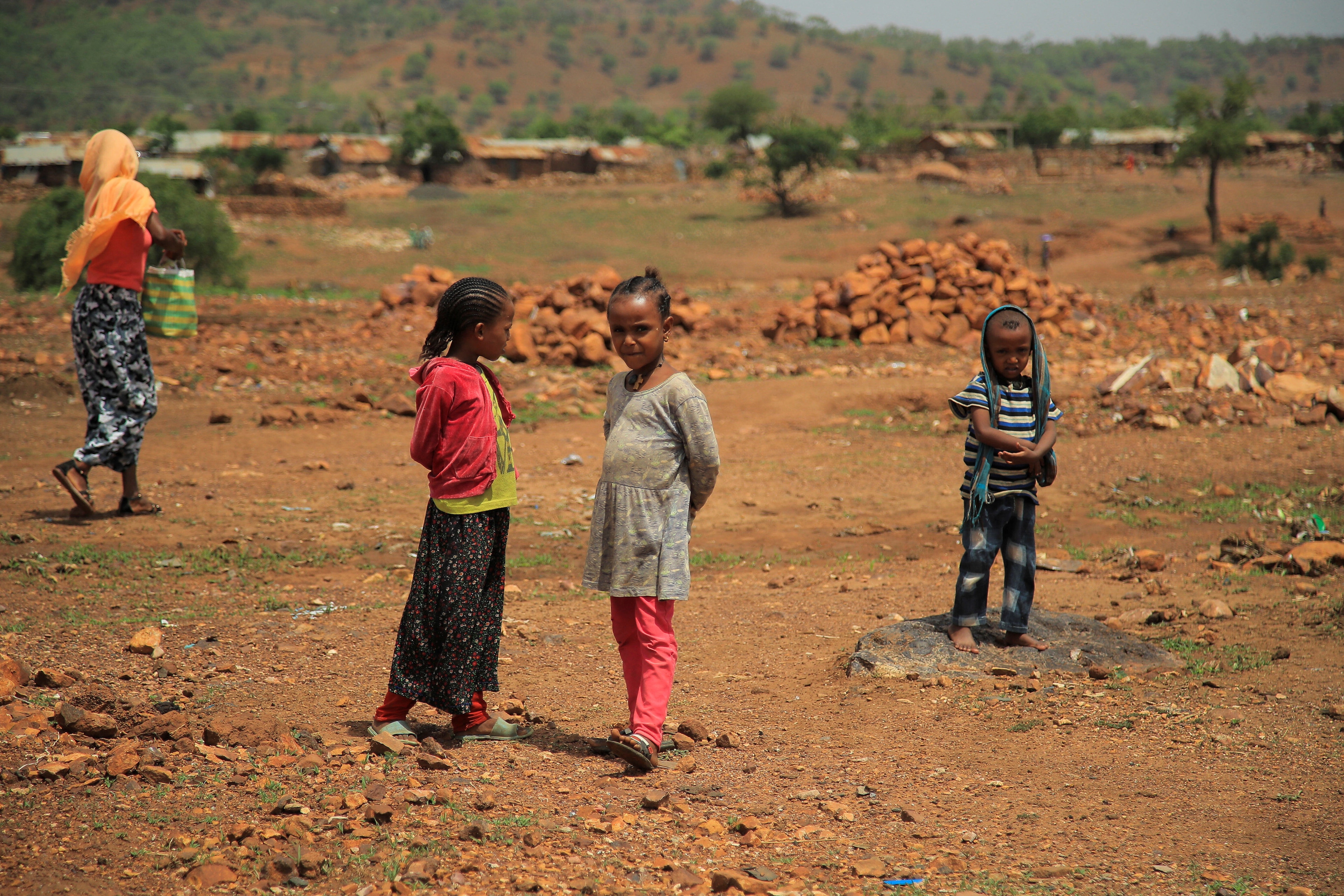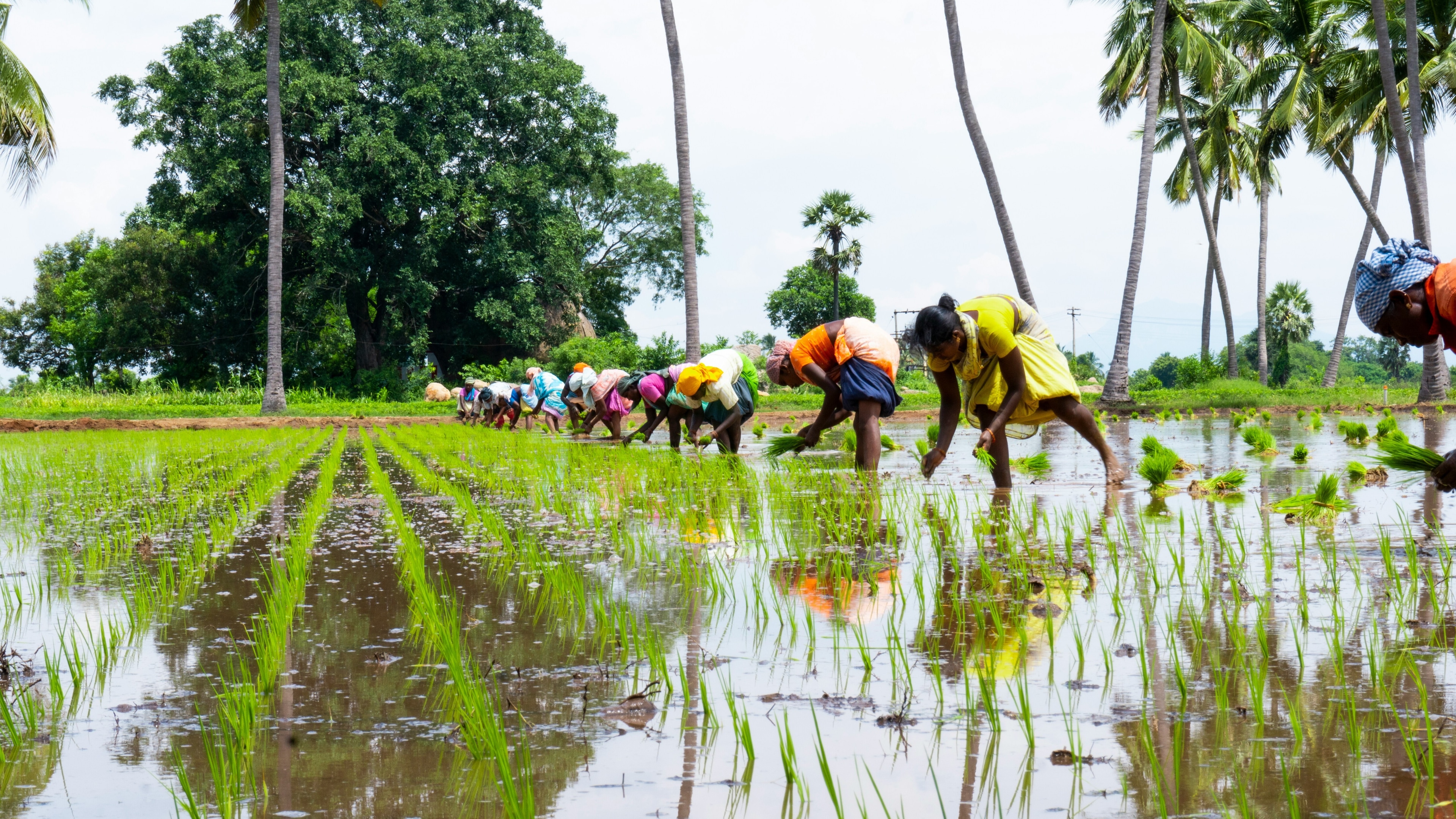The rise of hate terrorism in Asia-Pacific and how to counter it

Devotees light candles in front of St. Sebastian church in Sri Lanka, one of the churches attacked in the Easter Sunday bombings Image: REUTERS/Dinuka Liyanawatte
This article is part of the World Economic Forum's Geostrategy platform
In recent attacks against worshipping faith communities in New Zealand and Sri Lanka, terrorism has manifested itself brutally in the Asia-Pacific region.
The consequences of these attacks for the region and for understanding the nature of the global terrorist threat occupy the minds of policymakers globally, and this year’s IISS Shangri-La Dialogue offered a timely opportunity to shape the debate.
The attacks had little in common prima facie. The perpetrators came from different ends of both the cultural and political spectrum. One was a lone actor, the other a cell. One took place in a country with a long tradition of peace and prosperity, the other in a country with recent and bloody experience of terrorism and armed conflict.
But in other respects, there were similarities. Both took place in locations where the victims did not consider themselves at risk. Both targeted religious communities who were far distant from existing theatres of conflict. In both cases social media played a key role. And both cases seemed to typify the rise of ‘hate terrorism’, where the motivation is not to influence a political process or military conflict but simply to kill the demonised ‘other’.
These shared features pose challenges to counter-terrorism structures and policies globally, but those challenges may, unexpectedly, be acute and urgent in the Asia-Pacific region.
No geographical limits
The graduation of terrorist organisations from being geographically limited to globally effective is now being felt. A year ago, discussion about terrorism in the region was taking place against a backdrop of ISIS-aligned groups controlling territory in Mindanao in the Philippines. After their expulsion from Marawi, ISIS has been denied the strategic advantage of territory.
Instead, ISIS has the asymmetric advantages of being dispersed, largely covert and able to select targets wherever there is a sufficiently permissive security environment. It is enabled by a remote and virtual influence network that both recruits and deploys operatives without the need for contact with the centre. It is no longer tied to theatres of conflict for its operatives, targets or the objectives of its operations.
Those who perpetrated the Sri Lanka attacks were locals who had not fought as foreign fighters. Further to defy the predictive model, they were also from a community and background considered at low risk of radicalisation.
Similarly, the significance of geography for extreme right-wing terrorists is low – target type is what matters. In the unstructured, virtual world in which they operate, there are neither hierarchies nor geographic priorities to make them predictable and detectable.
Hatred of a generic other
In neither case were the perpetrators veterans or victims of military conflict. They were not motivated by narratives of dispossession or victimhood. Their acts were, so far as we can tell, motivated by hatred of a generic other. They were not intended to force an adversary to change a position or make a concession. That is not surprising in the case of the Christchurch attacker, whose act served no agenda other than the expression of his hatred.
In the case of ISIS, and those it can mobilise, terrorism of hate is an evolution from the terrorism of warfare, where perpetrators and operations are connected to a theatre of conflict.
Nihilism complicates counter-terrorism strategies. It reduces the prospect of engagement with terrorists to near zero
”It is also significant that although ISIS claimed responsibility for the Sri Lankan attacks, it is a tenuous claim having provided, as far as investigations reveal, neither perpetrators, funding nor expertise. It serves its purpose of creating an impression of a fictive organisation with global reach, rather than reflecting the reality of isolated opportunistic operations against soft targets committed without any strategic design.
This nihilism complicates counter-terrorism strategies. It reduces the prospect of engagement with terrorists to near zero and it removes the possibility of undermining terrorists’ support by defeating them within a specific theatre of conflict. Moreover, experience of countering terrorism that is divorced from a military and political context is limited both globally and in the Asia-Pacific region.
Focusing on vectors not actors
Countering this form of terrorism will require new strategies and techniques. In any strategy, the vector should take priority over the actor. Social media is suited to the promotion of hate messages, the dissemination of fictional material and, as in the case of the Christchurch shootings, the creation of incitement and emulation dynamics that can have catastrophic consequences.
There is no easy answer to the regulation of hate material on the web, but the attacks in New Zealand and Sri Lanka are reminders of the importance of access and analytics, which allow and facilitate authorities to identify material early, neutralise it and take appropriate action against the originator.
That begins to look almost as important as identifying and tracking ‘members’ of a terrorist organisation or those contemplating terrorist operations. But it cannot be done at the scale and speed required without the cooperation, within a robust legal framework and prioritisation process, of social media companies. So far, the right noises have been made by Big Tech, but the test will be whether their intent can be operationalised.
The ‘Christchurch Call to Action’ to keep the internet free of radicalising material illustrated the sense of urgency to deliver on this generational challenge at the most senior level across the globe. But in the immediate derogation of the United States from the initiative, it also showed the difficulty of constructing a consensus among the most powerful players. A limited coalition of the willing may have to suffice temporarily in order to seed the best practices and maintain international focus. There is a strong case for piloting it in the Asia-Pacific area, placing it at the centre of the regional response to the dispersed, online terrorist and radicalisation threat.
Universal standards
Failings in the Sri Lankan domestic response – both to the threat material received from India and to the attacks themselves – are reminders of the importance of universal, international standards in counter-terrorism. This elusive goal has become more important as the boundaries of the terrorist theatres dissolve and messaging on social media has become a vital enabler to dispersed groups’ strategies.
Regional structures need to widen their membership and renew their efforts to establish minimum standards in cross-border detection and investigation of threats. Given the size and mobility of the foreign fighter and radical community in need of monitoring, a collective security approach that is wide but shallow may now have value over one that is narrow and deep.
‘Our Eyes’ is an initiative upon which further operational cooperation can be built, and existing ASEAN security structures may be able to support expansion and reinforcement. One useful collective objective for the ASEAN Defence Ministers’ Meeting could be to ensure that the capabilities required to fight the evolving terrorist threat are not neglected.
More attacks likely
The modulation in the terrorist threat comes at a time when the international and regional security agenda is dominated by strategic concerns over the power and intentions of China. That itself will limit the bandwidth and range of responses through which governments can address the terrorist threat. The political and psychological drivers for terrorism persist, and in a region where target sets and local facilitation abound for both Islamist groups and the extreme right, the likelihood of a proliferation of attacks is rising. Its disruptive effect on local economies, in particular in tourism and foreign investment, will be palpable.
The US will remain the most capable and influential counter-terrorism player in the Asia-Pacific against international terrorist threats, but given its re-profiled commitment to the region and the abiding tension with China, there is an opportunity for other big players (Australia, India and China) to take up the challenge. And as has been the case in other regions, the creation of close counter-terrorism cooperation can contribute to the building of wider trust regardless of political differences.
The peculiar urgency for the Asia-Pacific region is that, as the engine of the global economy and with its high levels of connectivity and a rich cultural and confessional mix, it is especially vulnerable to those seeking to pursue the terrorism of hate.
Countering the challenge of hate terrorism in the Asia-Pacific, John Raine, the International Institute for Strategic Studies
Don't miss any update on this topic
Create a free account and access your personalized content collection with our latest publications and analyses.
License and Republishing
World Economic Forum articles may be republished in accordance with the Creative Commons Attribution-NonCommercial-NoDerivatives 4.0 International Public License, and in accordance with our Terms of Use.
The views expressed in this article are those of the author alone and not the World Economic Forum.
Stay up to date:
Fragility, Violence and Conflict
Forum Stories newsletter
Bringing you weekly curated insights and analysis on the global issues that matter.
More on Resilience, Peace and SecuritySee all
Shoko Noda and Kamal Kishore
October 9, 2025







